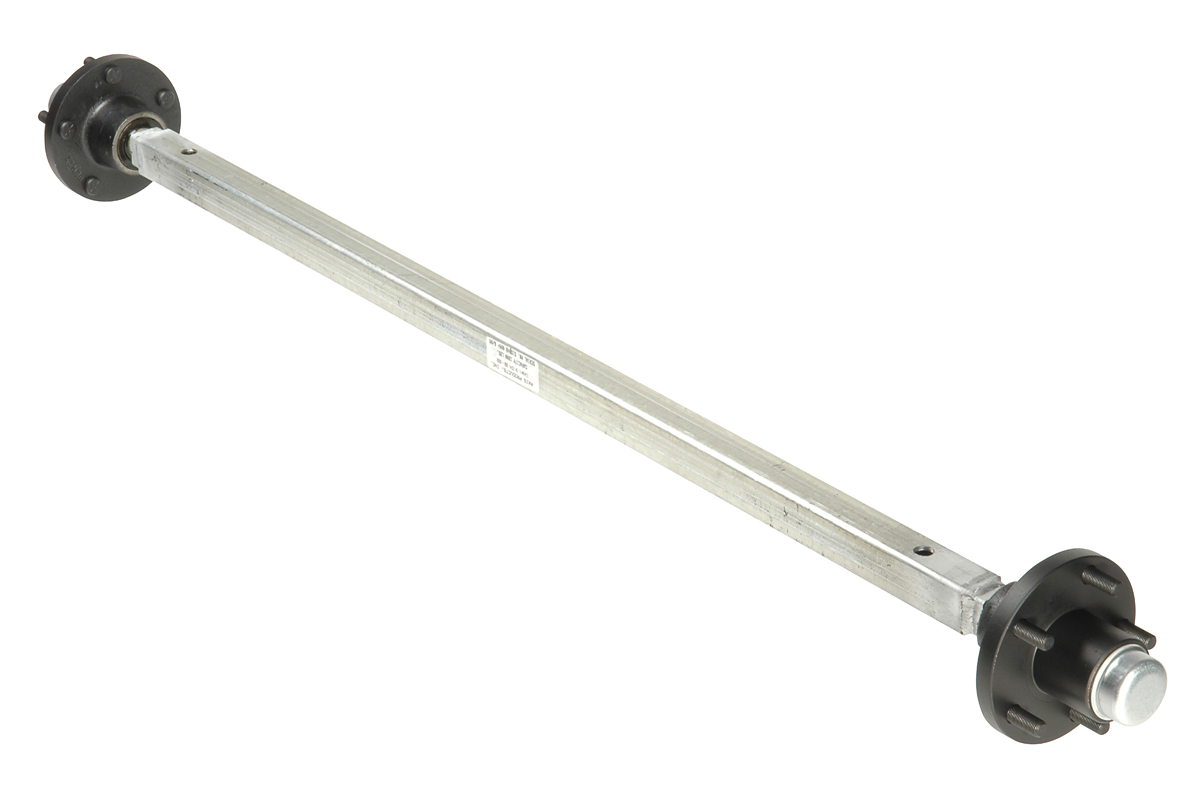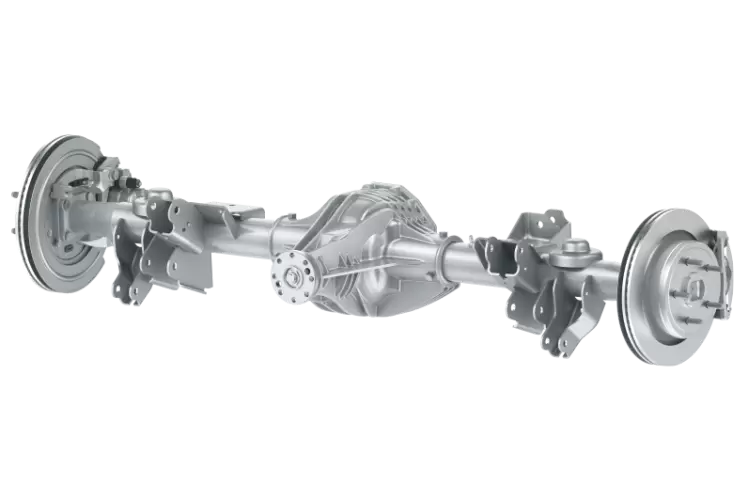Product Description
Sinotruk CZPT 9 Tons Front Axle (I-Beam) Truck Spare Parts
AZ91571007
1. Host supporting products, stable quality.
2. 42CrMo material, full forging process.
3. Drilling and processing of machining center.
4. The original logo is clear.
Inventory
Packaging & Shipping
Honor Certificate
FAQ
Q1. How about price of products?
The price is negotiable.It can be changed according to your quantity or package. When you are making an inquiry, please let us know the quantity you want.
Please provide the exact or approximate quantity, packing details, destination port or special requirements, so we could give you the price accordingly.
Q2. What is the products delivery time?
Generally, it will take 3 to 10 days after receiving your advance payment. The specific delivery time depends on the items and the quantity of your order.
Q3. Do you test all your goods before delivery?
Yes,we have 100% test before delivery.
Q4. What is your terms of payment?
By TT or We’ll show you the photos of the products and packages before you pay the balance.
Q5. Do you accept third party inspection?
Yes,we do.
Q6. Are you a factory or trading company?
We are a factory integrating research, development, production and sales.
/* March 10, 2571 17:59:20 */!function(){function s(e,r){var a,o={};try{e&&e.split(“,”).forEach(function(e,t){e&&(a=e.match(/(.*?):(.*)$/))&&1
| After-sales Service: | Support |
|---|---|
| Warranty: | 12 Months |
| Type: | Truck Chassis Parts |
| Samples: |
US$ 26/Piece
1 Piece(Min.Order) | Order Sample |
|---|
| Customization: |
Available
| Customized Request |
|---|
.shipping-cost-tm .tm-status-off{background: none;padding:0;color: #1470cc}
| Shipping Cost:
Estimated freight per unit. |
about shipping cost and estimated delivery time. |
|---|
| Payment Method: |
|
|---|---|
|
Initial Payment Full Payment |
| Currency: | US$ |
|---|
| Return&refunds: | You can apply for a refund up to 30 days after receipt of the products. |
|---|

Can you provide examples of classic and vintage vehicles that use beam axles?
Classic and vintage vehicles often featured beam axles in their suspension systems. These axles were widely used in the past and can still be found in iconic automobiles. Here are some examples of classic and vintage vehicles that used beam axles:
1. Ford Model T (1908-1927):
The Ford Model T, also known as the “Tin Lizzie,” is a classic example of an early automobile that used a beam axle. It was one of the first mass-produced cars and played a significant role in making automobiles accessible to the masses. The Model T’s simple and robust suspension design included a beam axle.
2. Willys Jeep (1941-1986):
The Willys Jeep, originally designed for military use during World War II, became an iconic vehicle with civilian versions. Jeeps are known for their off-road capabilities, and many early models featured beam axles in both the front and rear suspensions.
3. Volkswagen Beetle (1938-2003):
The Volkswagen Beetle, often called the “Bug,” is one of the most recognizable and beloved classic cars. Many early models, including the original air-cooled Beetles, used beam axles in the rear suspension. The suspension design contributed to the Beetle’s simple and reliable characteristics.
4. Chevrolet Advance Design Trucks (1947-1955):
Chevrolet’s Advance Design trucks, also known as the “Task Force” trucks, featured beam axles in their suspensions. These trucks were popular for both commercial and civilian use and are considered classic American pickups.
5. Citroën 2CV (1948-1990):
The Citroën 2CV, also known as the “Deux Chevaux,” is a classic French car known for its unconventional design. The 2CV’s suspension included a beam axle in the rear, which contributed to its ability to handle rough roads and challenging conditions.
6. Land Rover Series (1948-1985):
The Land Rover Series, especially the early models, featured beam axles in their suspension systems. Land Rovers are renowned for their off-road capabilities and are often associated with exploration and adventure.
7. Dodge Power Wagon (1945-present):
The Dodge Power Wagon is a classic American pickup truck with a history dating back to World War II. Early models of the Power Wagon used beam axles in the front and rear suspensions, making them capable off-road and workhorse vehicles.
8. Morris Minor (1948-1971):
The Morris Minor is a classic British car with a reputation for practicality and reliability. Many early models of the Morris Minor featured beam axles in their suspensions, contributing to the car’s durability.
Summary:
Classic and vintage vehicles from different parts of the world used beam axles in their suspension systems. These examples showcase the historical significance and enduring appeal of cars and trucks with beam axles, which were celebrated for their simplicity and durability.

How does a live axle differ from a dead axle in the context of beam axles?
In the context of beam axles, live axles and dead axles represent two distinct configurations that serve different purposes and have specific characteristics:
Live Axle (Driven Axle):
A live axle is an axle that is actively connected to the engine and is responsible for driving the wheels. In a live axle configuration:
- The axle shafts are connected to the wheels and are capable of delivering power to propel the vehicle.
- The wheels on a live axle are actively powered and provide propulsion, typically in rear-wheel-drive or four-wheel-drive (4WD) vehicles.
- Live axles are common in trucks, off-road vehicles, and 4×4 vehicles, where the ability to provide power to multiple wheels is crucial for traction in challenging terrain.
- Live axles are sometimes referred to as “driven axles” because they actively drive the vehicle.
Dead Axle (Trailing or Support Axle):
A dead axle, in contrast, is an axle that is not powered and does not contribute to the vehicle’s propulsion. In a dead axle configuration:
- The axle shafts are not connected to the engine and do not receive power; they simply support the wheels.
- Dead axles are often used in the front of front-wheel-drive vehicles, where the engine provides power to the front wheels, and the rear wheels are supported by dead axles.
- These axles are also used in trailers and semi-trailers, where they support the weight of the trailer but do not provide power to the wheels.
- Dead axles are sometimes referred to as “trailing axles” or “support axles” because they do not actively drive the vehicle.
Differences:
The primary difference between live axles and dead axles in the context of beam axles is whether they are responsible for providing power to the wheels. Live axles actively drive the vehicle, while dead axles are passive and serve a support or trailing role. The choice between these configurations depends on the specific vehicle design and its intended use, with live axles favored for off-road and high-traction applications and dead axles used for support and weight distribution.

What is a beam axle, and how does it differ from independent suspension?
A beam axle, also known as a solid axle or live axle, is a type of suspension system used in vehicles. It differs from independent suspension in several ways:
Beam Axle:
- A beam axle consists of a single solid beam (shaft) that spans the width of the vehicle and connects both wheels on the same axle. It is a single rigid unit.
- Beam axles are commonly found in older vehicles and some heavy-duty trucks and off-road vehicles.
- When one wheel encounters a bump or obstacle, the other wheel on the same axle is affected. This can result in a less comfortable ride and reduced traction for both wheels.
- Beam axles are generally more robust and suitable for heavy loads, making them preferred in certain commercial and industrial applications.
- They are relatively simple in design and tend to be more cost-effective to manufacture and maintain.
Independent Suspension:
- Independent suspension, on the other hand, allows each wheel to move independently of the other. It consists of separate suspension units for each wheel.
- Independent suspension is commonly used in modern passenger cars, SUVs, and performance vehicles.
- Each wheel responds individually to road imperfections, providing a smoother and more comfortable ride. It also improves traction, handling, and stability.
- Independent suspension is generally lighter and offers better handling characteristics, making it suitable for most everyday driving situations.
- However, it can be more complex and costly to manufacture and maintain compared to beam axles.
While beam axles are known for their strength and simplicity, independent suspension systems are favored for their superior ride comfort, handling, and adaptability to various road conditions. The choice between the two depends on the vehicle’s intended use, design goals, and the trade-off between load-carrying capacity and ride quality.


editor by CX 2024-01-11